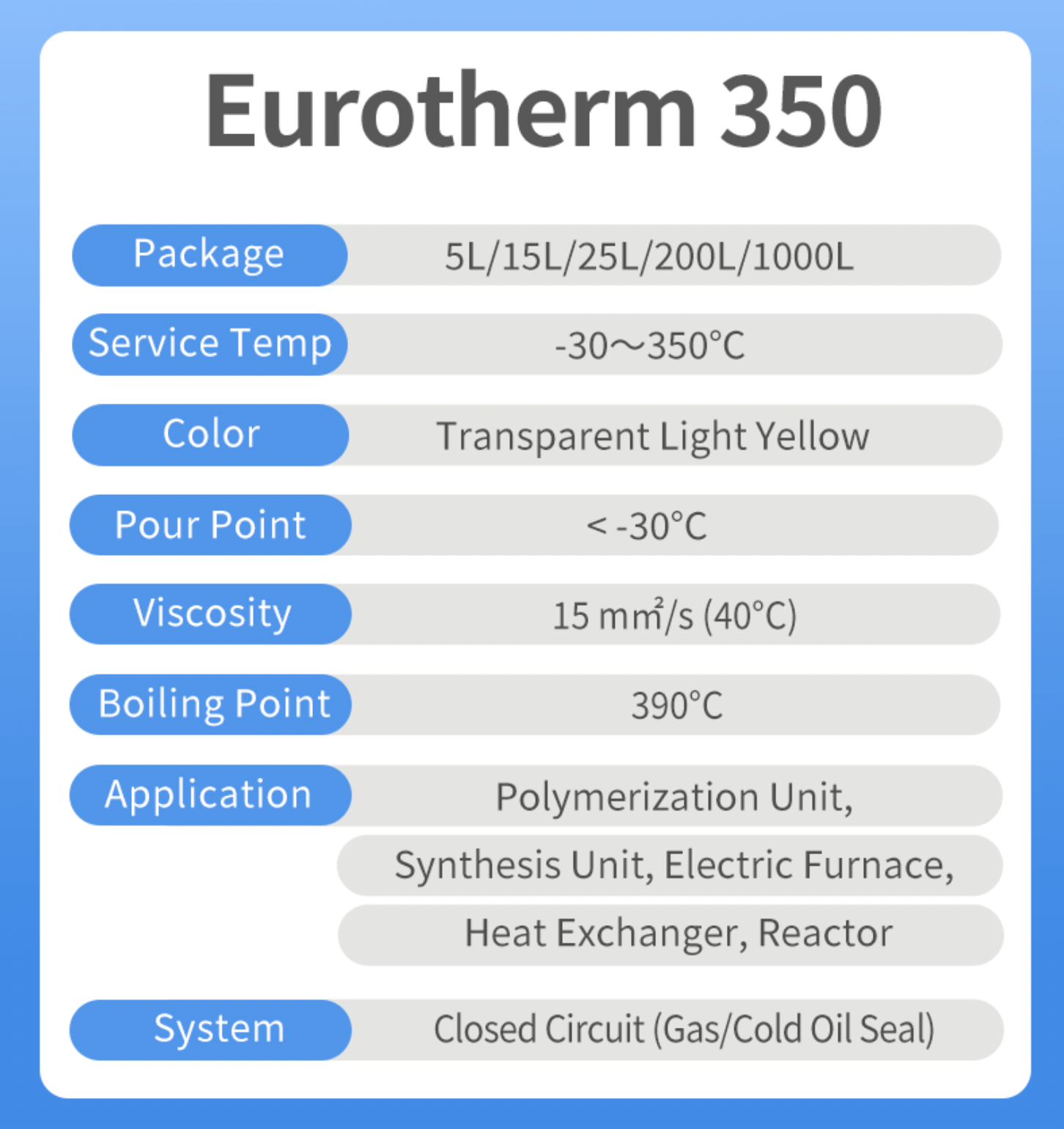Little Known Questions About Chemie.
Little Known Questions About Chemie.
Blog Article
Some Known Details About Chemie
Table of ContentsChemie - QuestionsRumored Buzz on ChemieThe Main Principles Of Chemie How Chemie can Save You Time, Stress, and Money.The Only Guide for ChemieThe 6-Second Trick For Chemie
By Bojanna Shantheyanda, Sreya Dutta, Kevin Coscia and David SchiemerDynalene, Inc. Liquid cooling, which can be attained utilizing indirect or straight means, is made use of in electronics applications having thermal power densities that might exceed risk-free dissipation via air cooling. Indirect liquid cooling is where warmth dissipating electronic elements are physically separated from the liquid coolant, whereas in situation of straight cooling, the parts remain in straight contact with the coolant.In indirect cooling applications the electric conductivity can be vital if there are leakages and/or spillage of the fluids onto the electronics. In the indirect air conditioning applications where water based liquids with deterioration inhibitors are normally utilized, the electric conductivity of the fluid coolant mainly depends upon the ion focus in the liquid stream.
The boost in the ion focus in a closed loop liquid stream may occur because of ion seeping from metals and nonmetal elements that the coolant fluid is in contact with. Throughout procedure, the electrical conductivity of the fluid may increase to a degree which could be unsafe for the cooling system.
Some Known Details About Chemie
(https://allmyfaves.com/chemie999?tab=chemie999)They are bead like polymers that are qualified of trading ions with ions in a remedy that it touches with. In the here and now job, ion leaching tests were carried out with numerous metals and polymers in both ultrapure deionized (DI) water, i.e. water which is dealt with to the highest possible degrees of pureness, and reduced electric conductive ethylene glycol/water mix, with the gauged change in conductivity reported over time.
The examples were enabled to equilibrate at area temperature level for 2 days before tape-recording the initial electric conductivity. In all examinations reported in this study fluid electric conductivity was determined to a precision of 1% making use of an Oakton CON 510/CON 6 collection meter which was calibrated before each dimension.
Some Ideas on Chemie You Need To Know
from the wall heating coils to the facility of the furnace. The PTFE example containers were positioned in the furnace when constant state temperature levels were gotten to. The examination configuration was removed from the heater every 168 hours (7 days), cooled to room temperature level with the electric conductivity of the fluid determined.
The electrical conductivity of the fluid example was kept an eye on for a total of 5000 hours (208 days). Figure 2. Schematic of the indirect shut loophole cooling experiment set up - fluorinert. Table 1. Components utilized in the indirect shut loophole cooling experiment that are in call with the liquid coolant. A schematic of the experimental setup is shown in Number 2.

Chemie Things To Know Before You Buy
Throughout procedure the fluid tank temperature was maintained at 34C. The modification in fluid electric conductivity was checked for 136 hours. The fluid from the system was gathered and kept. Similarly, shut loop test with ion exchange resin was executed with the very same cleansing procedures employed. The preliminary electric conductivity of the 230ml UP-H2O in the system gauged 1.84 S/cm.

0.1 g of Dowex resin was contributed to 100g of liquid examples that was absorbed a separate container. The mixture was mixed and change in the electric conductivity at room temperature was determined every hour. The determined adjustment in the electric conductivity of the UP-H2O and EG-LC test liquids containing polymer or metal when engaged for 5,000 hours at 80C is revealed Number 3.
Some Known Details About Chemie
Figure 3. Ion seeping experiment: Calculated change in electrical conductivity of water and EG-LC coolants consisting of either polymer or steel samples when submersed for 5,000 hours at 80C. The results suggest that metals added less ions right into the fluids than plastics in both UP-H2O and EG-LC based coolants. This could be due to a slim steel oxide layer which might work as a barrier to ion leaching and cationic diffusion.
Liquids having polypropylene and HDPE displayed the most affordable electrical conductivity changes. This could be because of the short, inflexible, direct chains which are less most likely to contribute ions than longer branched chains with weaker intermolecular pressures. Silicone likewise performed well in both examination fluids, as polysiloxanes are generally chemically inert due to the high bond power of the silicon-oxygen bond which would certainly protect against degradation of the product right into the liquid.
About Chemie
It would certainly be anticipated that PVC would certainly generate comparable outcomes to those of PTFE and HDPE based on the similar chemical frameworks of the products, however there might be other contaminations existing in the PVC, such as plasticizers, that might influence the electrical conductivity of the fluid - silicone synthetic oil. In addition, chloride teams in PVC can likewise leach into the test liquid and can cause a boost in electrical conductivity
Polyurethane totally broke down right into the test fluid by the end of 5000 hour test. Prior to and after images of metal and polymer samples immersed for 5,000 hours at 80C in the ion seeping experiment.
Measured change in the electrical conductivity of UP-H2O coolant as a feature of time with and without material cartridge in the closed indirect air conditioning loophole experiment. The measured adjustment in electrical conductivity of the UP-H2O for 136 hours with and without ion exchange resin in the loophole is displayed my company in Number 5.
Report this page